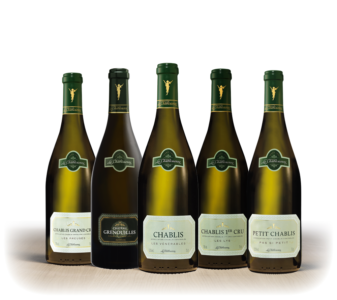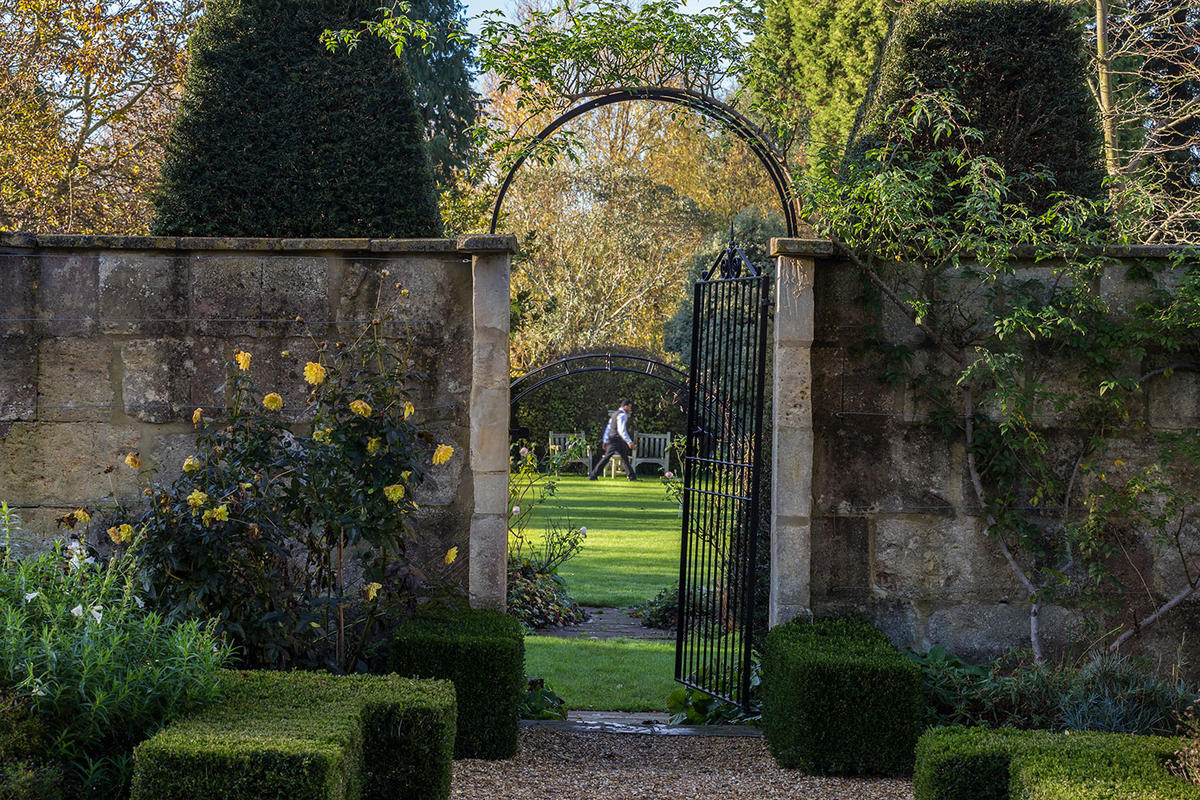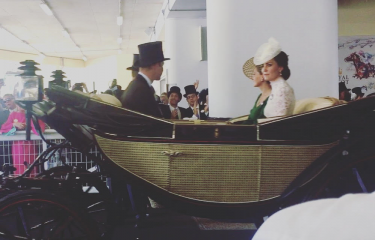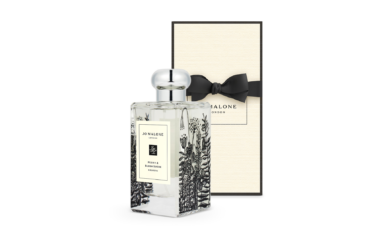Why diamonds might not be a girl’s best friend
Marilyn Monroe famously led us to believe that diamonds are a girl’s best friend, but the once-coveted gemstone may need to find a new amigo amid growing consumer concern around ethical and sustainable practices. 42% of consumers have admitted to changing their buying habits as a direct response to such concerns, and the diamond mining industry is one which has been plagued by human rights issues, environmental degradation and illegality.
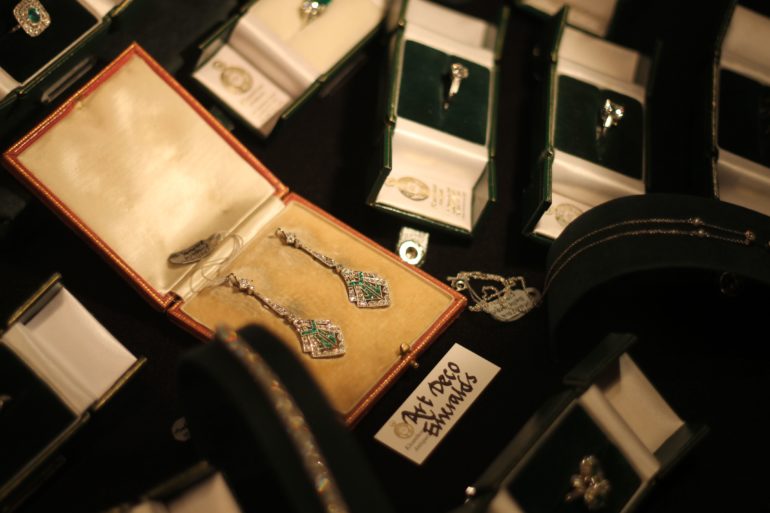
As the consumer mindset moves towards a more sustainable way of living, many jewellers are rethinking how they sell precious stones. The diamond industry in particular is undergoing something of a makeover, with innovative new technologies and scientific processes replacing controversial mining methods.
Why are diamonds problematic?
Diamonds have reigned supreme as the most coveted gemstone for many decades, first becoming popular in the 1930s as a result of Archduke Maximilian of Austria’s proposal to Mary of Burgundy. Mining company De Beers further fuelled the fascination with diamonds with its now-iconic 1947 “diamonds are forever” marketing campaign, resulting in almost 80% of proposals involving a diamond ring by 1951.
But the origins of diamonds are not as enchanting as the gemstones themselves. Diamonds are extremely difficult to extract, usually found on riverbeds, the ocean floor, or miles underground. The mining of these rare gems requires deep-earth mines to dig into the planet’s surface, resulting in environmental degradation, along with alluvial mining which is performed by hand.
While large companies like De Beers follow strict ethical and environmental guidelines about how they mine for diamonds, the painstaking process of mining by hand is largely completed by individuals who work for less than minimum wage. It’s been estimated that 1 million alluvial diamond miners earn less than $1 a day. As these diamonds are mined in areas with minimal employment opportunities for locals, there is little choice for those looking to support their families. In some cases, children are employed for the same job, which is often labour-intensive and unregulated.
In extreme cases, these diamonds may also be sold illegally in order to fund military action, commonly referred to as conflict or blood diamonds. Such activity is usually facilitated through forced labour, stolen during shipments, or taken after attacking legitimate diamond miners. It’s unknown how many diamonds originate from conflict, but one publication has claimed that conflict diamonds are worth over $10 billion annually.
Blockchain technology is helping to prevent the sale of blood diamonds
According to the Kimberley Process, conflict-free diamonds offered by jewellers are those that are not used to finance rebellious or illegal activity. This process tracks the diamonds through a certification scheme, ensuring that the final diamond has been ethically sourced, and not been extracted and exported as the result of any conflict.
However, while this has brought some order to the diamond industry, the Kimberley Process isn’t without its flaws. The process is less reliant on technology, with ethical jewel specialists Taylor and Hart explaining that the certificates used are “all paper-based, and thus liable to tampering, loss, or imitation”. To combat such issues, the company works with Everledger, an innovative blockchain technology that tracks the progress of the gemstones from extraction as rough diamonds, through the polishing process and on to point of sale. This prevents conflict diamonds from entering the supply chain and brings a clearer focus to ethically-sourced diamonds.
Lab-grown diamonds further eliminate ethical issues
Another way the industry is leaving its murky history behind is through the development of lab-grown diamonds. Chemically, physically, and optically, these are identical to mined diamonds, formed billions of years ago under extreme heat and pressure underground. Lab-grown diamonds, however, are created in laboratory conditions, subjecting carbon to the same amount of heat and pressure as beneath the earth’s core.
Scientists are able to grow diamonds in two ways, which both require a ‘seed’ – a small sliver of an existing diamond. The seed can be placed in pure graphite carbon before being exposed to 1500°c heat and pressurised to around 1.5 million pounds per square inch. Alternatively, the seed is placed in a sealed chamber filled with carbon-rich gas and heated to about 800°C, causing the gases to stick to the seed which then makes the diamond grow atom by atom.
Growing a diamond like this removes any ethical problems associated with diamond mining, such as child labour and warfare, as well as addressing concerns around human rights and fairtrade.
Precious metals require the same level of vetting as diamonds
While the diamond is the star of the show, the band of jewellery is also important. The mining of precious metals raises similar ethical and environmental concerns as diamond mining. Unregulated gold mining, for example, has ravaged natural landscapes, contaminated water supplies with toxic waste and contributed to the destruction of vital ecosystems. It also carries the potential for human rights violations during the manufacturing and exporting process.
It is true that more and more independent jewellers are tackling the issue, opting to work with fairtrade suppliers that protect artisanal miners, or sourcing recycled materials that help to reduce the environmental impact of mining. Imperfections will inevitably remain in the precious gemstone and metal industries, but the open and transparent conversation around these issues and their limitations is important for progress.
To do your part when buying jewellery, be sure to ask your jeweller about their supplier and whether or not they are fairtrade. Of course, if you want to be as sustainable as possible, you could look into secondhand jewellery. In these cases, you may even be able to get hold of stunning, vintage designs for a more affordable price while making an eco-friendly choice.

